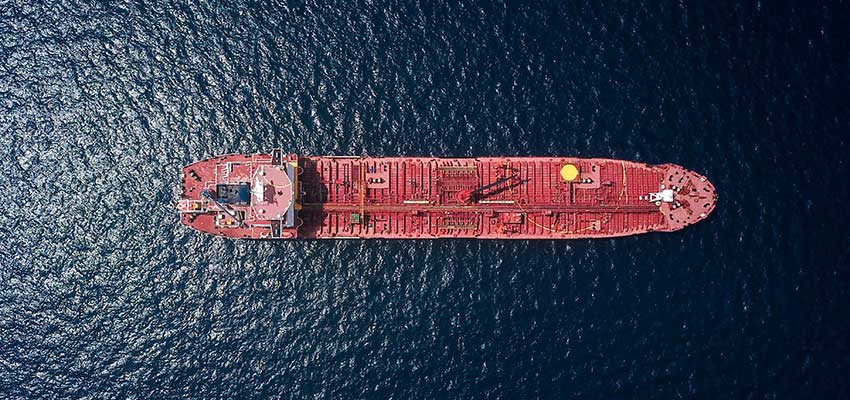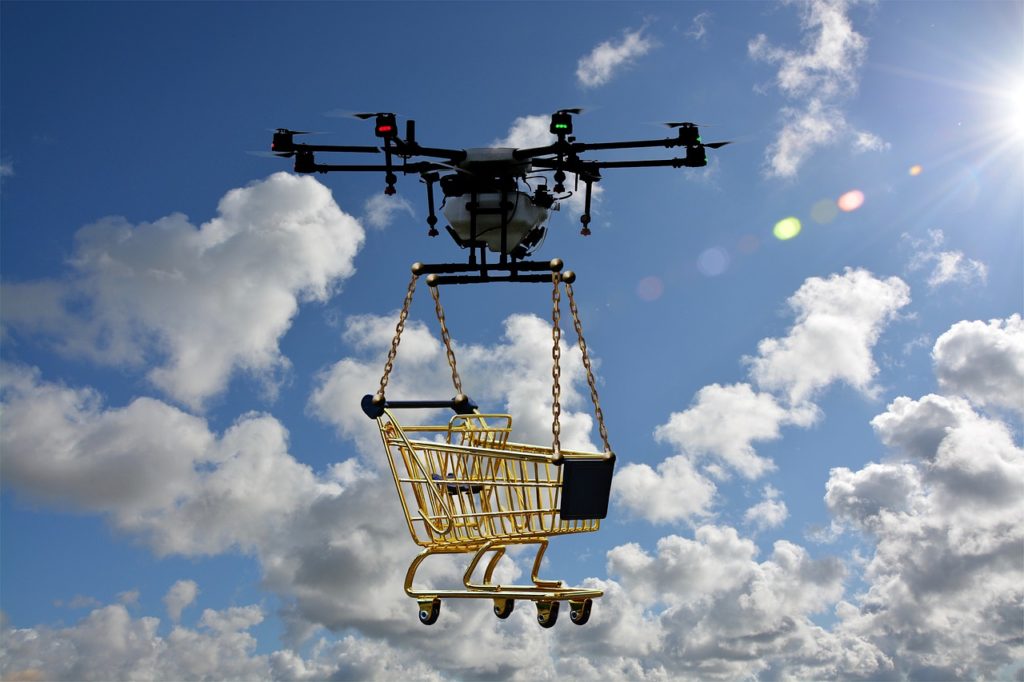Show:
Current Digital Transformation Trends in the Transportation and Logistics Sector
The digital transformation of society impacts every industry including the transportation and logistics sector. By digital transformation, is normally meant the digitalization of all aspects of business operations for a specific industry from manufacturing to sales and accounting. This has resulted in massive improvements in efficiency, speed, and time, which has resulted in the eager adoption of digitalization methodologies in the logistics sector. This pursuit of improved efficiency and faster delivery times has resulted in several trends emerging in the transport and logistics sector.

Autonomous Vehicles
The digital transformation of the logistics and transport sector has been deemed vital for the success of several countries. One trend that will drive the future success of countries is the rapid development of autonomous vehicles. Currently advances in laser, sensor, and AI computing technology is making the idea of self-driving vehicles not only possible but safe. Current research suggests that the use of autonomous vehicles can make the delivery of products to customers more efficient.
That said, the technology needs to be developed far more to replace the skills required for large haul trucks on which the global economy is dependent and the drivers that put those skills into practice daily. Currently, for the foreseeable future, charlotte trucking still needs human truck drivers. It is likely that technology developed for autonomous driving will be used to further improve the safety of human truck drivers by providing advanced technologies to keep drivers safe.
Connected Vehicles
While the question of autonomous cars is still being developed and argued about by futurists, currently, the adoption of connected vehicles is a reality. Vehicles can now send data to one another with the overarching goal of making the transport sector more efficient. Data sent between vehicles can be used to inform drivers of traffic and upcoming weather conditions. Further, the state of the road or other possible dangers. Fuel prices can also be conveyed to logistics centers so better routes can be determined and money saved. This data can be used to help prevent accidents which in turn keeps the wheels of the economy moving forward.
Determining geolocation has been possible for some time but the use of this data for other purposes has been limited. Now the data harvested from geolocation services are used to drive productivity and profitability. Tools have been developed over the last few years for exactly this purpose giving business owners greater visibility of all aspects of their business.
Drones
Drone technology has advanced significantly in the last several years, driven by many of the technological advancements behind autonomous vehicle developments. Drones, due to both their size and the height at which they fly are seen as a possible method to deliver smaller packages in high population centers and places without a sufficiently developed road network. Drones have been presented as a way to alleviate congestion and pollution traditional vehicles are currently responsible for. Further drones have been presented as a way to alleviate current supply chain issues.

Conclusion
The drive to digitization has been relentless, and this has justifiably scared business owners as laying out capital for these advancements will always demand that return of investment questions need to be answered. Fortunately, some of these technologies have been sufficiently developed that return of investment data is readily available, geolocation services are an example of this, and have been so widely developed that it has changed how the logistics and transport sector operates.

 Return to Previous Page
Return to Previous Page








